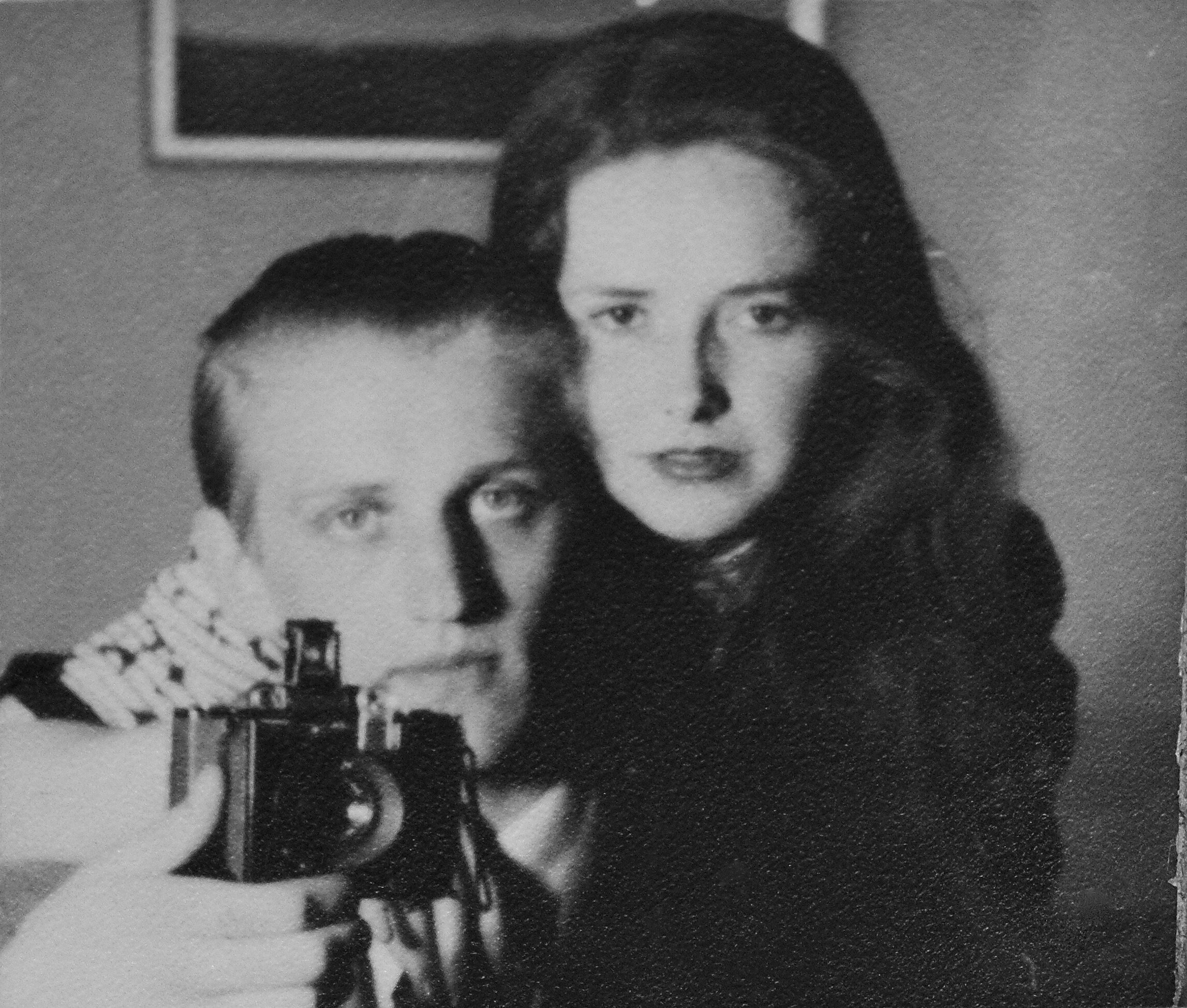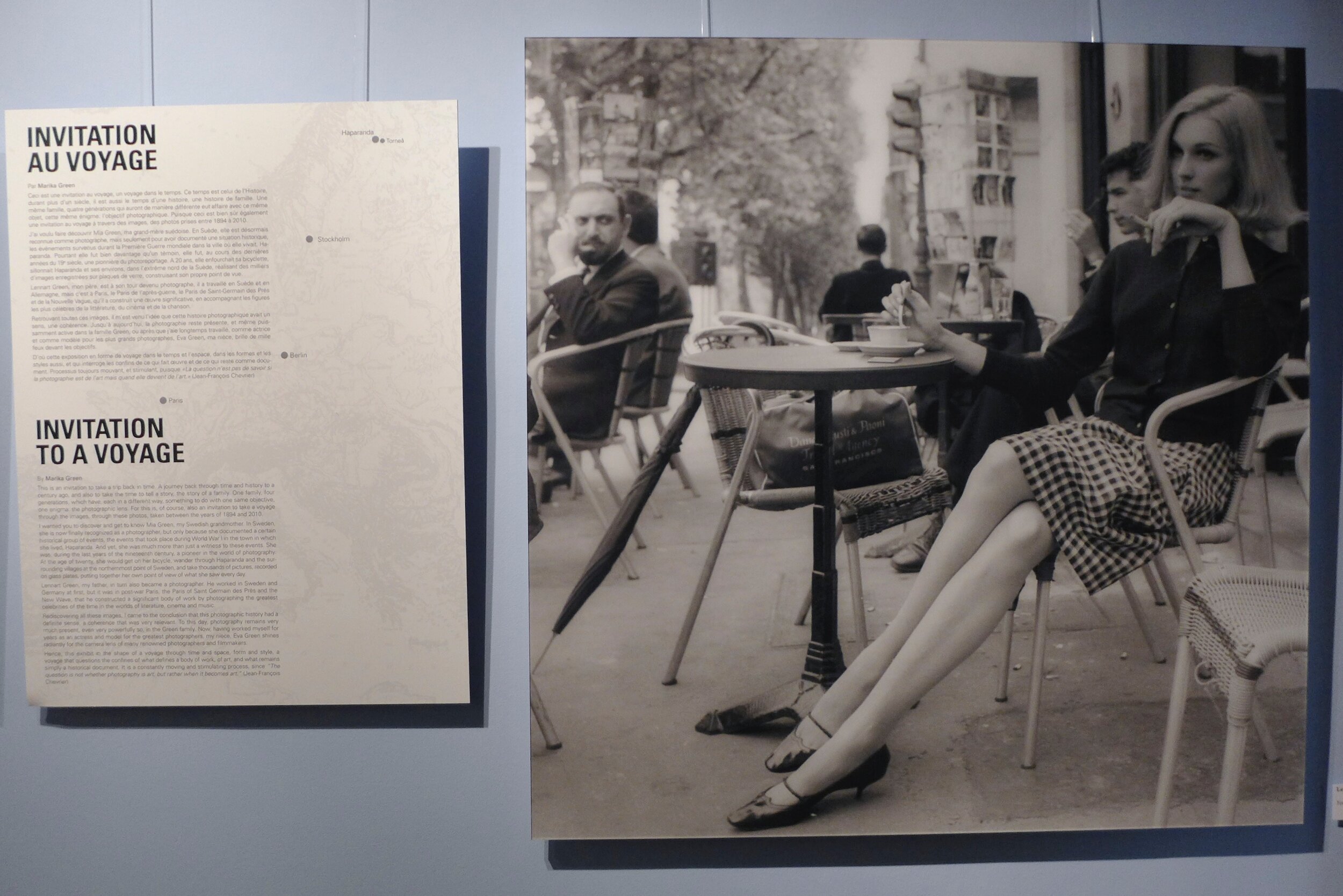Marika Green is a Swedish-French model and actress. She was born in Södermalm (Stockholm, Sweden), daughter of a French mother, Jeanne Green-Le Flem, and Lennart Green, a Swedish journalist and photographer. Her paternal grandmother was the photographer Mia Green and her maternal grandfather was French composer and music critic Paul Le Flem. She left Sweden for France in 1953. She played the lead female role (Jeanne) in Robert Bresson's Pickpocket at the age of 16. Marika is the aunt of the actress Eva Green and is married to the famous Austrian cinematographer Christian Berger, a regular collaborator of director Michael Haneke.
Oh, Jeanne, to reach you at last, what a strange path I had to take.
Michel - Pickpocket
You were born in Sweden and then you moved to France: what was the path that led you to become an actress?
I had no desire to become an actress. Chance led me to this profession. It was an opportunity, because I was a dancer, and therefore already exposed to the public, to the stage. A scouting talent was visiting the Paris Opera looking for an unknown and a non-actress for Robert Bresson's film called at that time Incertitude (Pickpocket). Working with Bresson didn't necessarily make me want to be an actress, because at that time he only hired non-professionals.
Marika Green with Robert Bresson on the set of Pickpocket. Photo archive Green / Berger
So, your first film was Pickpocket (also know as Incertitude, 1959) directed by Robert Bresson, who, at the time, had already directed Journal d'un curé de campagne (1951) and Un condamné à mort s'est échappé (1956). How did you get chosen for the film?
I was simply summoned to the production to meet the maestro. A short, direct interview: "Do you want to make movies?" A banal question. He wanted to hear my voice because I was not very talkative: very young, shy, having nothing to say to an unknown man! He didn't wait for my answer and went on quickly: we start shooting in a month! A little stunned, I answered: yes! Why did I accept? Without knowing what it was about? I analyzed it later. I was curious, I wanted to leave the classical dance and the Opera; I only liked modern dance, maybe also, I was considering my height (1,77m), too tall for a classical dancer.
Martin LaSalle, Robert Bresson and Marika Green on the set of Pickpocket. Photo archive Green / Berger
How did you prepare for the film?
The preparation was very precise. A daily reading of Jean Giraudoux's text Les Anges du péché (Bethany and the Angels of Sin), Bresson’s first film. I had to find a tone: monotonous, regular, without giving any intention, without acting, therefore without really thinking! It was easy for me because I had no idea of acting or interpreting a text. A pleasant preparation with a very courteous, patient, attentive man, at his home in a wonderful apartment located on the Ile Saint Louis in Paris with a view of Notre Dame. It was perfect!
In the movie you play Jeanne, a young neighbor of the thief's mother, the protagonist of the film: the young man, first out of necessity then out of a vocation, practices the art of pickpocketing until Jeanne changes his life and shows him the path of troubled redemption. What can you tell me about your wonderful character?
Marika Green in Pickpocket. Photo archive Green / Berger
I knew the script, he had given it to me to read from the beginning of our meeting. Jeanne was a good, generous, loving girl. The result appeared only later, outside my intentions. That's what he wanted: to make characters appear from his script and from the direction he gave to his "models".
How did Bresson direct you?
Each movement, each displacement was calculated to the centimeter as well as the dialogues. This was easy for me because it was a continuation of our more literary preparation, and because dance had prepared me to memorize every physical movement. I was young and malleable. Martin had more difficulty because he was also a non-actor, but older than me and therefore less flexible to receive such precise and somewhat authoritarian indications.
You shot your scenes in Paris, right?
Everything was shot in Paris, on location, and the interiors in the studio.
What do you remember of the protagonist Martin LaSalle? Among other things, he was making his film debut too.
Martin LaSalle and Marika Green in Pickpocket. Photo archive Green / Berger
Martin was a very pleasant shooting partner but older than me, by 10 years. The dialogue was not very intense, and he was extremely solicited by Bresson. He never left him alone for a moment. All his gestures, his movements were scrutinized! So much so that the shooting had to stop for 15 days because of depression. The scenes of going up and down the stairs amounted to about 80 takes! What was Bresson looking for? Perfection, of course. At the end of the shooting, we were very tired and so was Bresson and suddenly he said to me about the scene at the table where Jeanne was going to cry: Marika, do what you want! I was stunned and suddenly what to do by myself? But the instinct played and the learned Bressonian style settled down. Martin was very marked by this film and this adventure. He "rushed" to New York, to the Actors Studio, and began, little by little, an acting career. Afterward, I met him in Mexico City at the Cinematheque, during a festival. The presenter announced that Martin and I were in the audience. We received, almost, a standing ovation. This was the strength of the cinéma d'auteur.
In some ways the movie seems to take inspiration from Dostoevsky's Crime and Punishment: what were the fundamental readings of your life?
I was an enthusiast of Russian literature at that time of intellectual discovery. I read almost everything. But Bresson did not explain his passions, emotions, or inspirations to us, of course. As he didn't ask us to participate intellectually or emotionally, he didn't have to explain anything to us! But he replaced this professionally distanced attitude with fatherly daily humanity: don't catch a cold, sleep well, don't drink alcohol, come home early...
An anecdote of the filming?
The whole shoot was very concentrated, so there was little room for jokes. Given my age, I had an easy laugh, and curiously I was "forgiven". For Martin's scenes, I had to stay present, off-camera, for the direction of the eyes. I was full of admiration for this master of cinema, and I had already seen several of his films because I was a very early and relentless cinephile.
Marika Green in Le Récit de Rebecca by Paul Vecchiali (1964). Photo archive Green / Berger
At a certain point in the story, the protagonist is forced to leave Paris for a while, among other things also going to Rome and Milan. What is your relationship with Italy? What do you think of Italian cinema?
I admired Italian cinema so much at the time my career was taking off that I was bugging my agent to get me some work in Italy. It never worked. Why didn't it work? I don't have an answer. Too tall? Too cold? Who knows? Not comedic enough? But my favorite filmmakers are: Antonioni, Bertolucci, Nanni Moretti and actresses like M. Vitti, S. Mangano, Anna Magnani... The masters like Fellini, Visconti, yes magnificent but perhaps for me, too opulent, too baroque. My taste is more Bergmanian, more restrained, due to my Swedish origins. At the time when I made a career as a photo model, I was very much in demand. Fashion magazines liked my type. And I liked the Italian esthetic. I couldn't stand the man in the street in Italy who prevented me from strolling the streets of Rome. As a tall, blonde woman, I was "exotic" to the male passerby.
The film was shot in the middle of the Nouvelle Vague (but Bresson's cinema is not actually attributable to this new authorial movement), in fact, at the same time as Truffaut's Les quatre cents coups and Godard's À bout de souffle are released. What do you remember about those years? About that cinematic ferment?
I was running for it. I loved that natural, spontaneous way of telling stories. I felt old fashion to be a part of Pickpocket's "stiffness". But all the new directors loved Bresson's cinema. They almost all wanted to meet me and shoot something. But they saw Jeanne and wanted to cast Jeanne and Jeanne belonged to Bresson!! Even in the last years Leos Carax called me and wanted to cast me in Mauvais sang but he dropped finally the part: to be the mother from Juliette Binoche. Even Jacques Demy thougt about me for Les Parapluies de Cherbourg and called “Jeanne” the friend of Catherine Deneuve. But we were, with Catherine, too similar types. When Bresson prepared Joan of Arc, he called me. I rushed to him and wanted absolutely to be that Joan. But I knew that in fact, he could not imagine having the same "modèle" for a second character.
What about your colleagues Jean Seberg, Jeanne Moreau and Anna Karina?
Of course, they were great types of women. Seberg and Karina were a sort of "done" by Godard and he had the talent to reveal them. Moreau was first a theatre actress and could be, by herself, such a beautiful cinematographic presence.
You are the wife of Christian Berger − one of the greatest European cinematographers − whom I had the pleasure of interviewing recently: when and how did you meet?
Marika Green and Christian Berger. Photo archive Green / Berger
I met Christian by chance, as in general, any sentimental meeting! I had shot in France with Klaus-Maria Brandauer who invited me to shoot in Austria under the direction of his wife, Karin Brandauer, a literary adaptation of Arthur Schnitzler. The DOP was Christian, so we gradually got to know each other and 6 years later I moved to Austria!
You were directed (in the role of the protagonist Hanna) by Christian in the film Hanna Monster, Darling released in 1989: what do you remember about that experience? What was it like working and being directed by your husband?
Marika Green and Christian Berger on the set of Berger’s Hanna Monster, Darling (1989). Photo archive Green / Berger
Yes, it was an experience! We must not forget that every director is always in love with his female interpreters. But this time the role was written for me and I was present from the beginning of the creative work. The danger of too close relationship may prevent one from being critical. But I think that the joint work was convincing. It was interesting to shoot with a filmmaker who was not looking at me all the time but was looking at me through the camera-eye. That was too much of a barrier to intimacy. I must say that during the work with Hanna I found again the memories of Pickpocket: the minimalism of acting, the intensity, the non-acting, simply "being". The subject and the role offered by Christian were
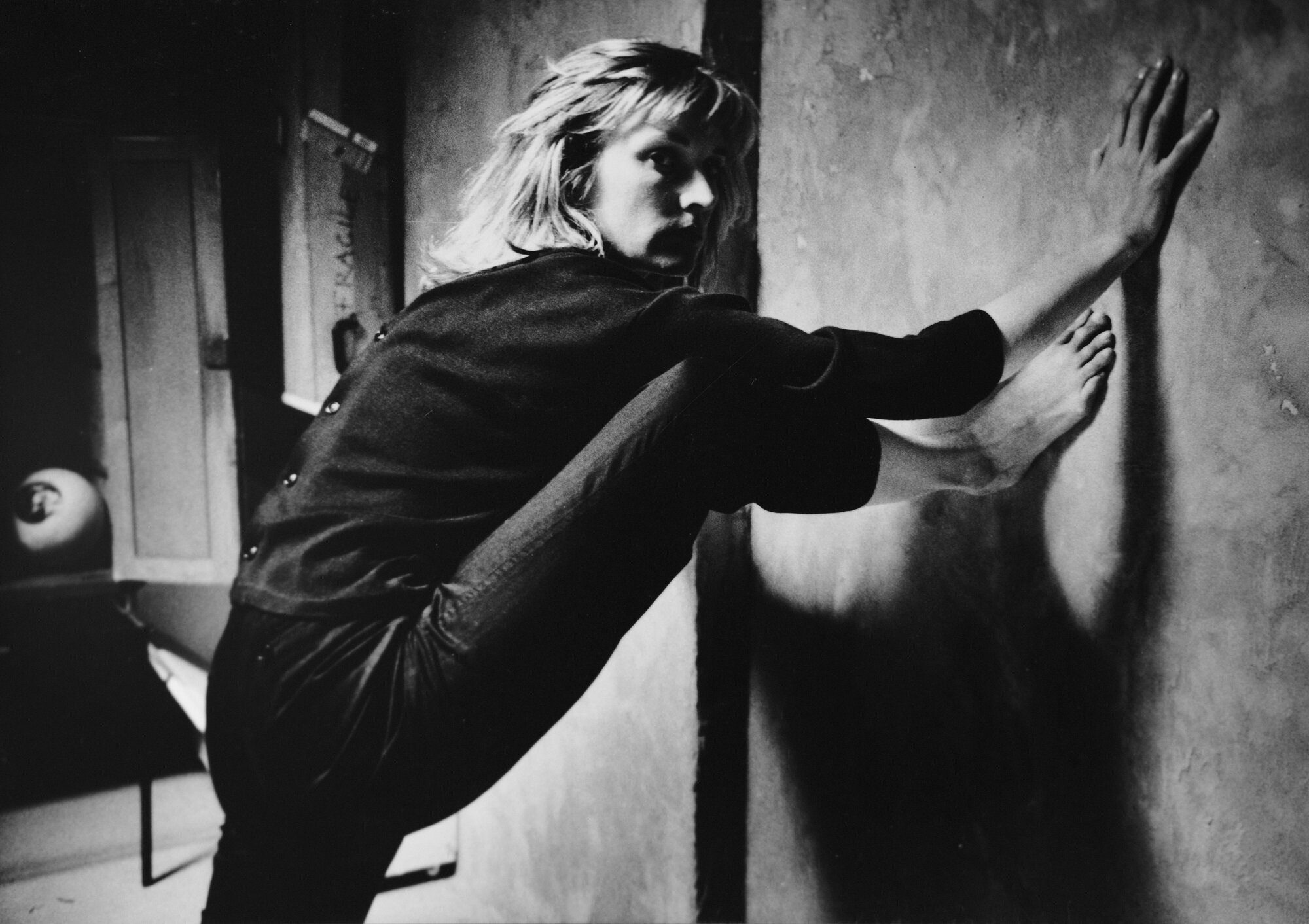

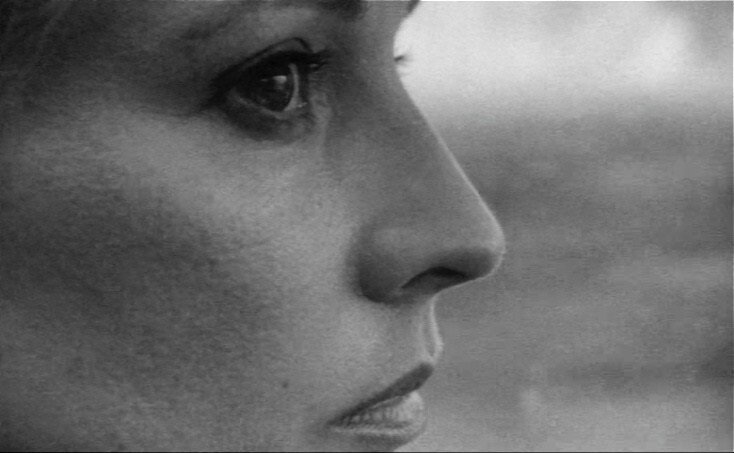
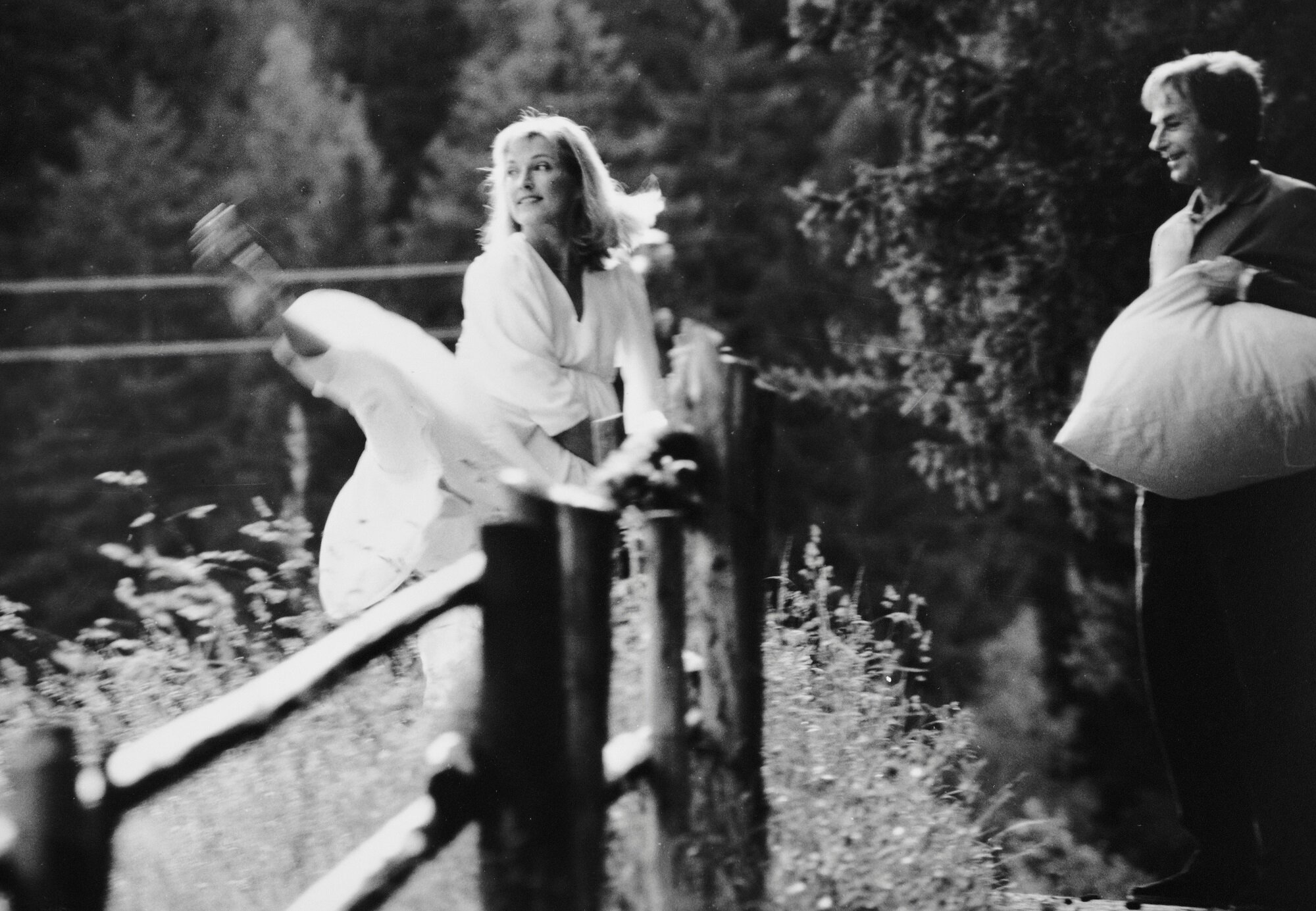
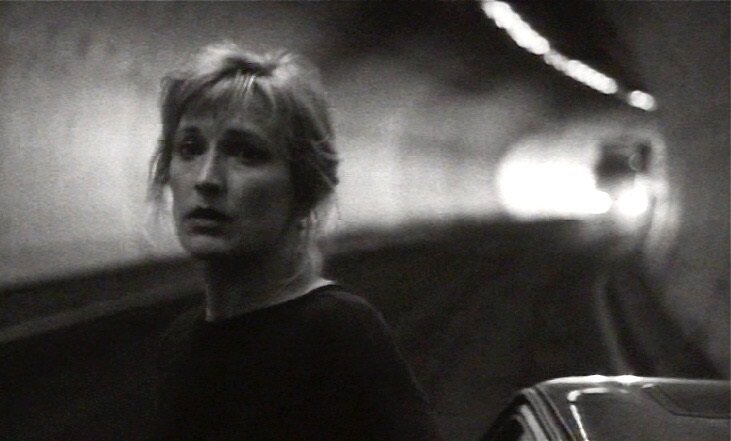
Marika Green in Hanna Monster, Darling by Christian Berger (1989). Photo archive Green / Berger
exceptional, this kind of proposal is a rare moment in the career of an actress. But Bresson and Pickpocket were, my all life, poursuing me!! F.ex., I was invited with Christian and Hanna by Guglielmo Biraghi for the Venice festival in 89 at Orrizonti selection. Biraghi asked me if I would accept for Bresson to receive his golden lion for his career. Yes, of course. I did call him and he asked me, first of all, who received the price before him. He didn't want to be in a bad company, probably. I met him then in Paris and he asked me if I was content with my own work! He did not like that his film characters come away from his cinema.
Your latest film − to date − is By the Sea (2015) directed by Angelina Jolie (where Christian signs the cinematography), right?
I was present with Christian who was DOP of the film because I was coaching Angelina on her physical expression for her role as an ex-dancer. When we met then, for the shooting in Malta, she asked me to participate as an actress for a small part. Yes, my presence in By the Sea, is simply as a guest, and the original scene was reduced in editing. About my background as a dancer, I wanted to become a choregrapher at a very young age because I felt that I could not become a quality interpreter. Fate decided otherwise.
Yours is a family of artists: your niece Eva is one of the most successful actresses in cinema today. What is the relationship with her?
Marika and Eva Green in the photographic exibition Green - Regards Photographiques - Images 1894-2010. Photo archive Green / Berger
We don't meet very often because she is very busy, she has a great career. At the beginning of her career, she visited us in Vienna to see Chekov's Seagull directed by Luc Bondy and I asked her if she wanted to be an extra in Haneke's The Pianist. Yes, for a split second she ran up the stairs in the theater with Benoît Magimel.
Your grandfather moreover is Paul Le Flem, a French composer and music critic. What kind of music do you listen to? Have you made any records if I'm not mistaken?
Paul Le Flem, French composer and music critic. Photo archive Green / Berger
I produced and directed two documentaries about Paul Le Flem too, especially for his 100 years birthday! I produced with Christian the first CD from my grandfather. Unfortunately, I did not study music or an instrument because my mother thought that I had enough to do with dancing! The Russians again, Strawinsky, Chostakowitch. And the French Ravel and Satie. The American Philip Glass, Terry Riley, jazz, and blues.
Concluding. Still and moving photography are very present in your life and in your family: what can you tell me about the exhibition Green - Regards Photographiques - Images 1894-2010?
The photographic exibition Green - Regards Photographiques - Images 1894-2010. Photo archive Green / Berger
When my father, Lennart Green, photographer, died, I find a lot of prints and negatives in his cellar. It was the idea to make survive all that past and to show the continuity of photography in the GREEN family in the company of my Swedish grandmother, either photographer. I did not know my grandma, unfortunately. She lived in the north of Sweden, in Haparanda, and I was in Stockholm with my family. To prepare the Green exhibition I went, with Christian, up to Norrbotten and find, in the archives, about 8000 glass negatives photographed by my grandmother… Fantastic! To show this life in pictures it seemed interesting to me to combine the past with the future. So the decision was made to present two Green behind the camera and two Green in front of the camera! In fact four generations of photography in one family. A project that was immediately accepted in Paris as part of the contemporary exhibition Art Élysées and then at the gallery Catherine Houard, rue Jacob in Paris.
Lennart Green and Jeanne Le Flem-Green, Marika Green’s parents. Photo archive Green / Berger
And what does the image represent for you, be it a moving frame or a still photo?
A moving frame is a story. A still frame is an instant. You cannot compare. I do like both very much, of course. When I did some modeling I could not stand still in front of the camera, I felt obliged to move because of the dancing past and annoyed by the stiffness from the pose. I have photographed a lot, from time to time, and I was a big fan of the Kodak Instamatic at one time because I liked to capture the quick and fleeting moment and I didn't care about the quality of the image. Today I start
Marika Green prepares the photographic exhibition Green - Regards Photographiques - Images 1894-2010. Photo archive Green / Berger
from new with a Fuji X-E4 to replace the smartphone. To conclude my life journey I must admit that a few persons did give a direction for my professionnal life: my mother, Jeanne Le Flem-Green, Salvador Dali, Robert Bresson, Helmut Newton and Christian Berger. First the decision to go for dancing suggested by my mother than Dali, who felt probably my artistic potential when I was 15 years old. He wanted to push these
Marika Green with Salvador Dalì. Photo archive Green / Berger
possibilities presenting me a mass of people…and to find me a husband! And Robert Bresson who influenced me to go and study acting. It was sort of perverted decision because Bresson was an anti-actor. And Helmut Newton who gave me the possibilities to go further in photography, to model and to avoid to play in bad films!!
Marika Green in two shots by Helmut Newton for «Vogue», 1964 and 1965. Photo archive Green / Berger
And Christian Berger who brought me, late in my carrier, my best participation in the acting art.
Grazie, Marika.
Light studies on Marika Green's face, by Christian Berger
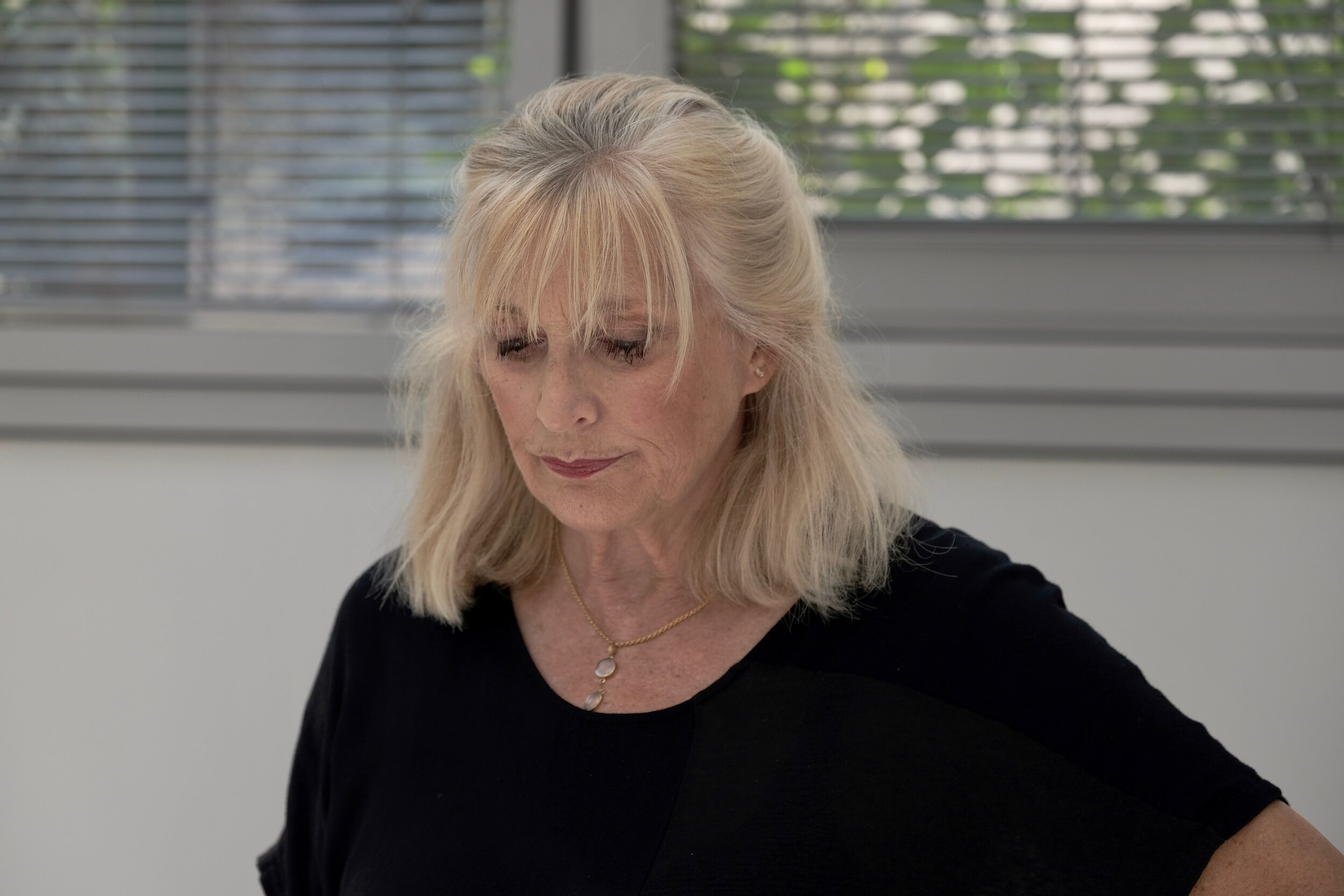
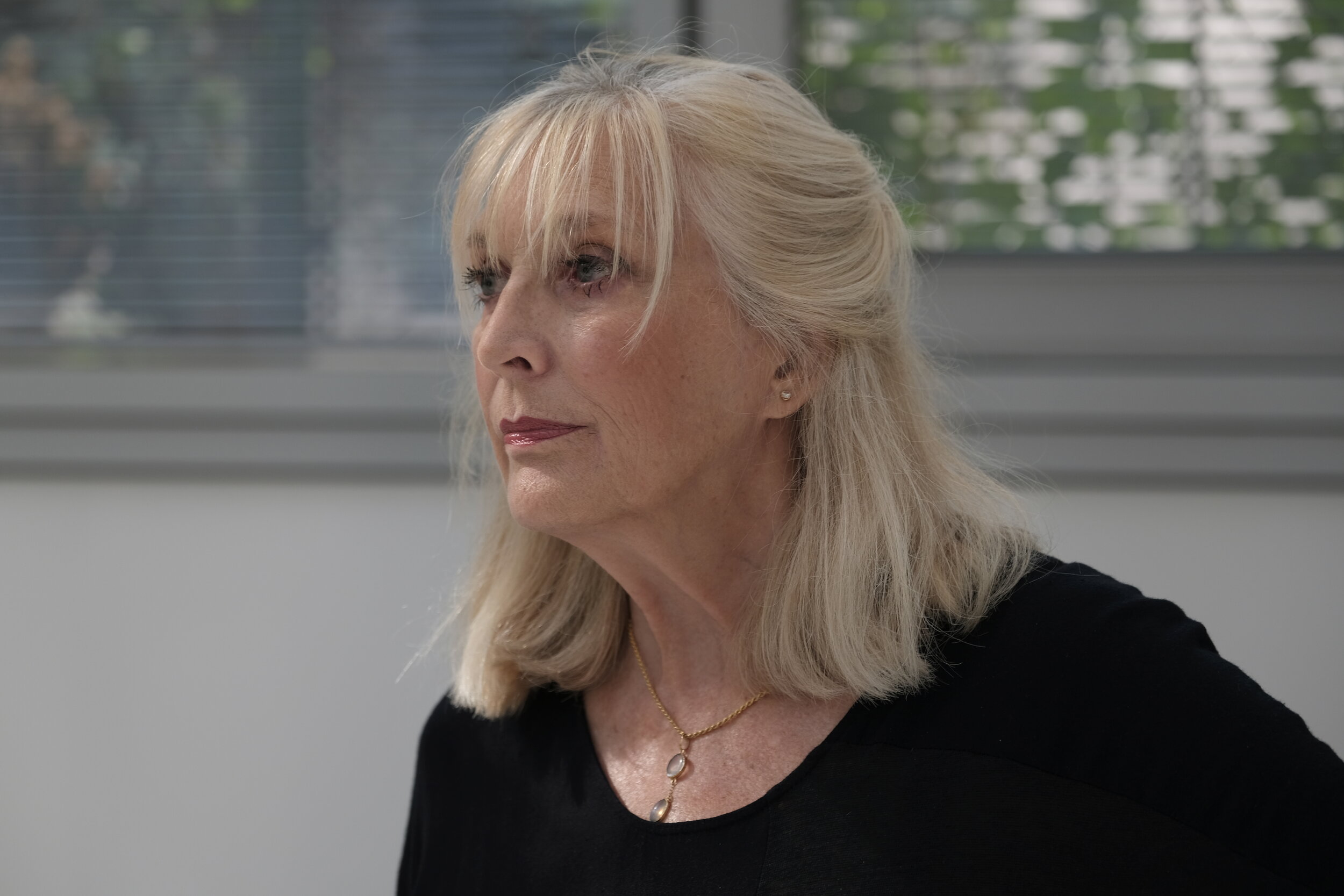
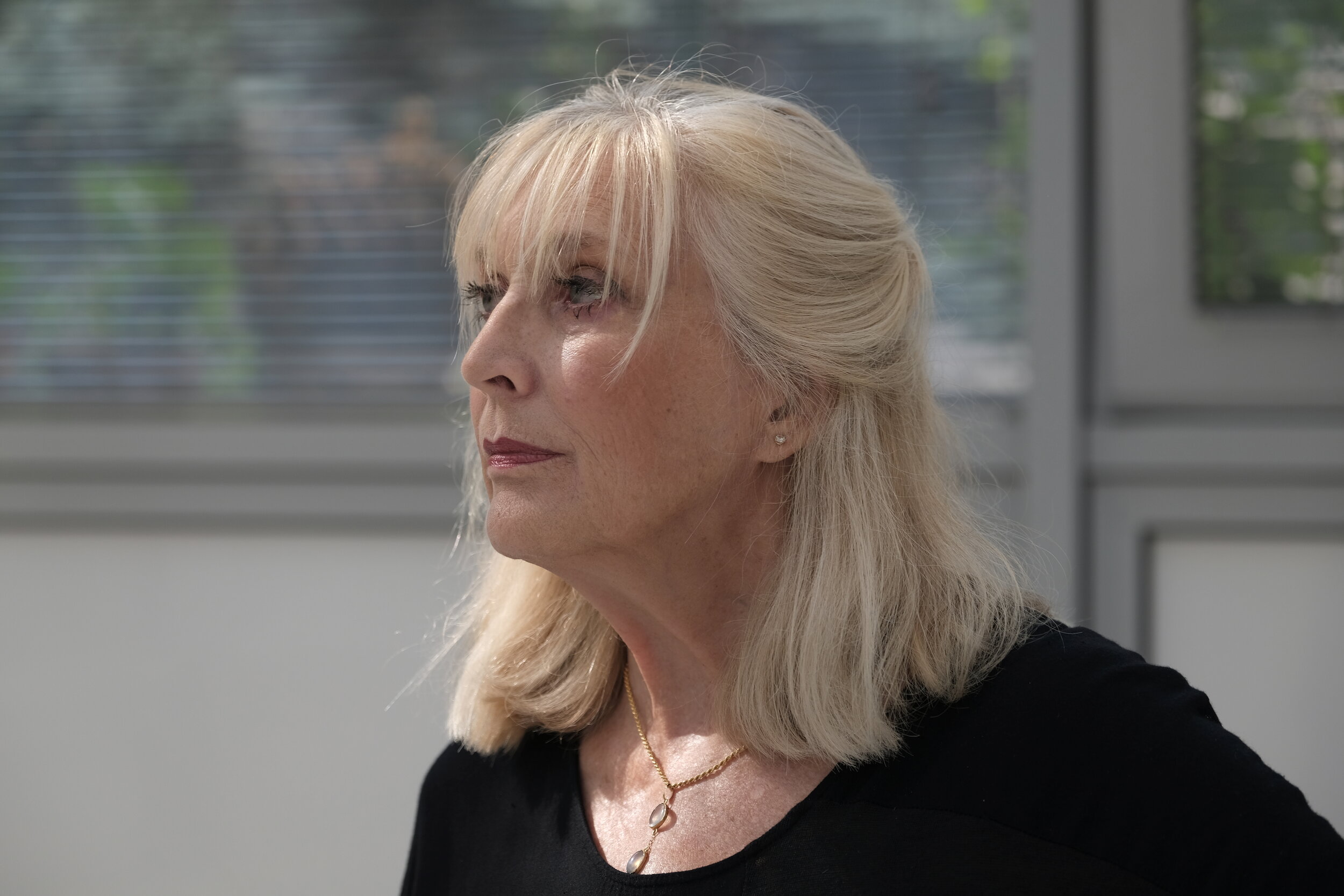
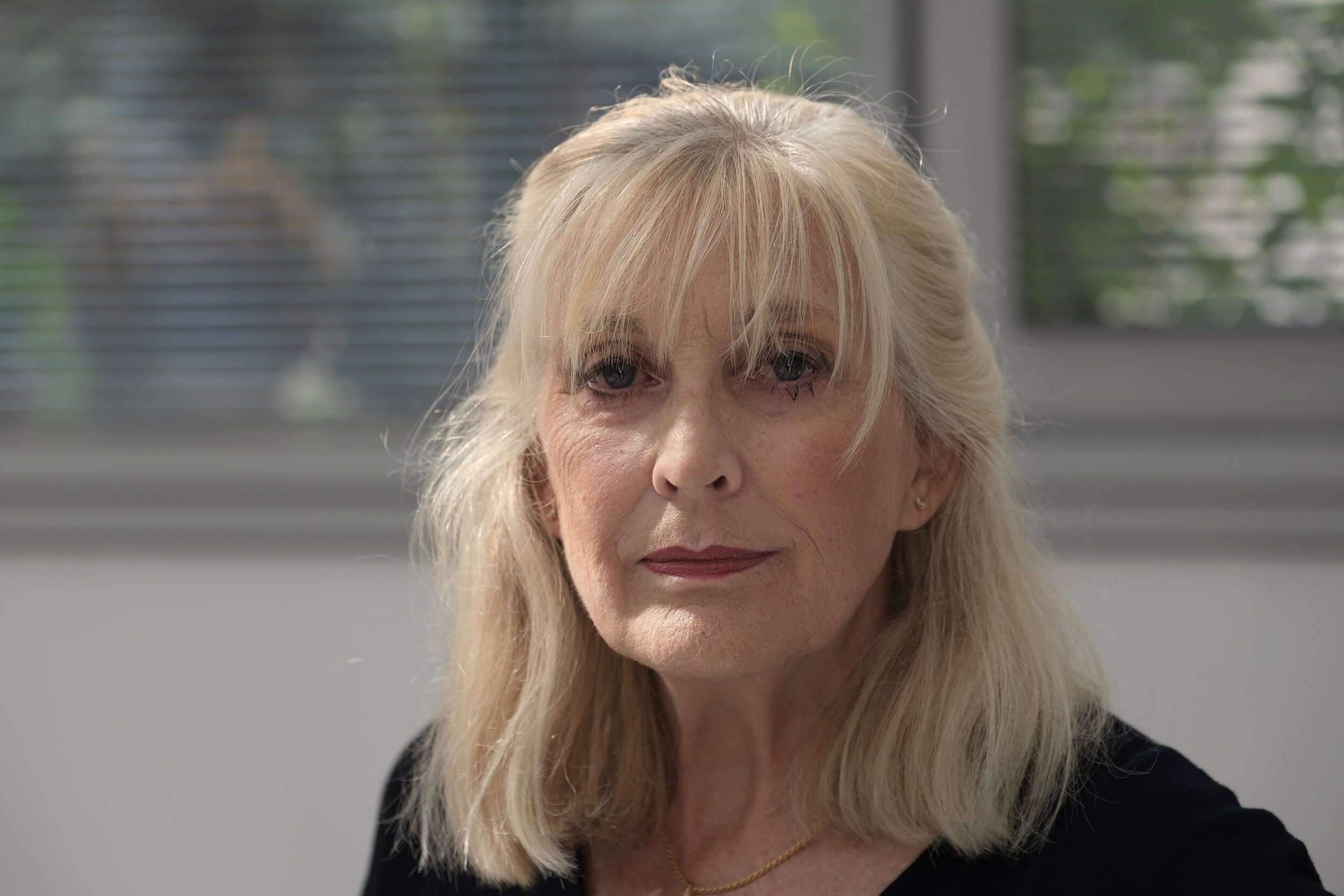
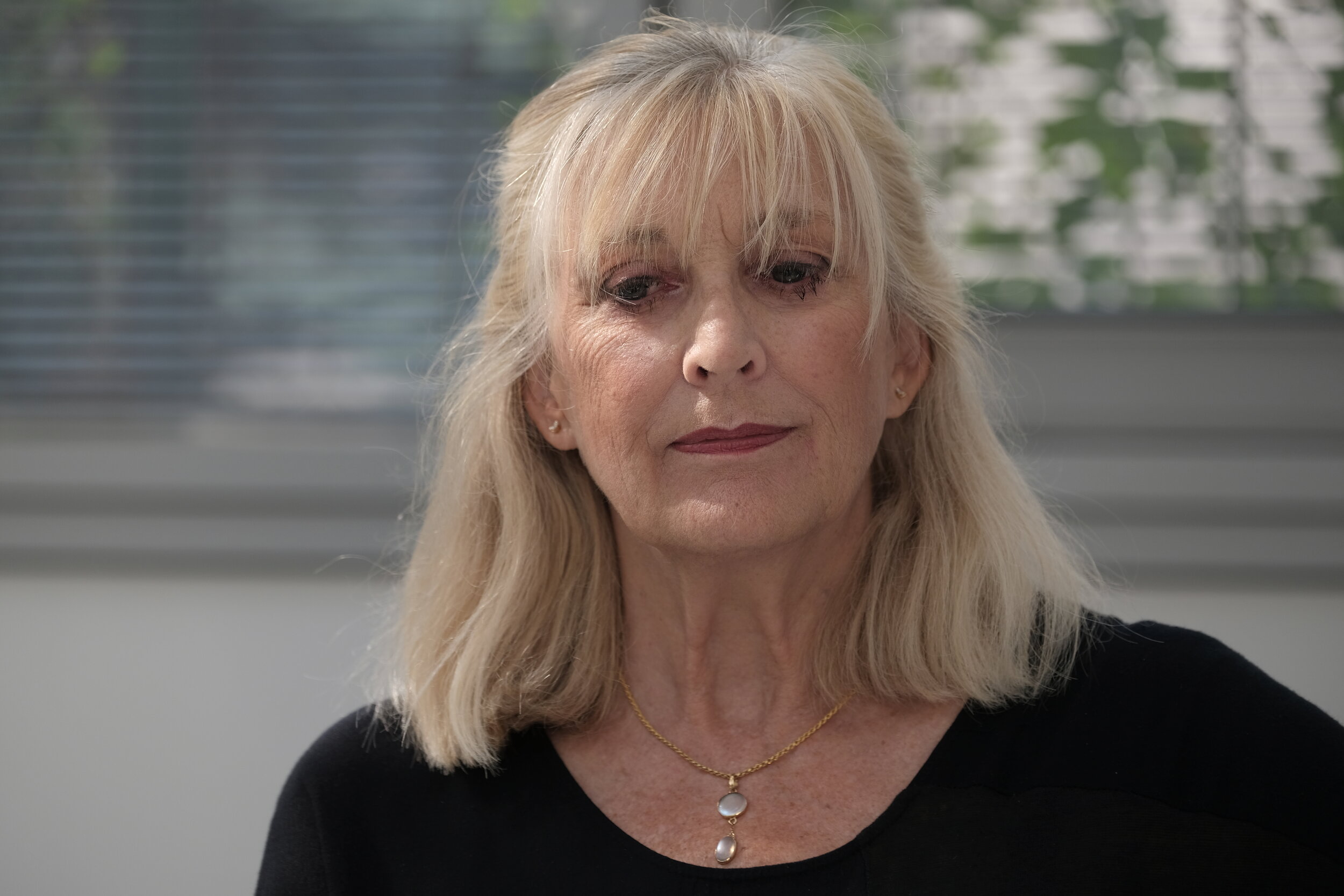
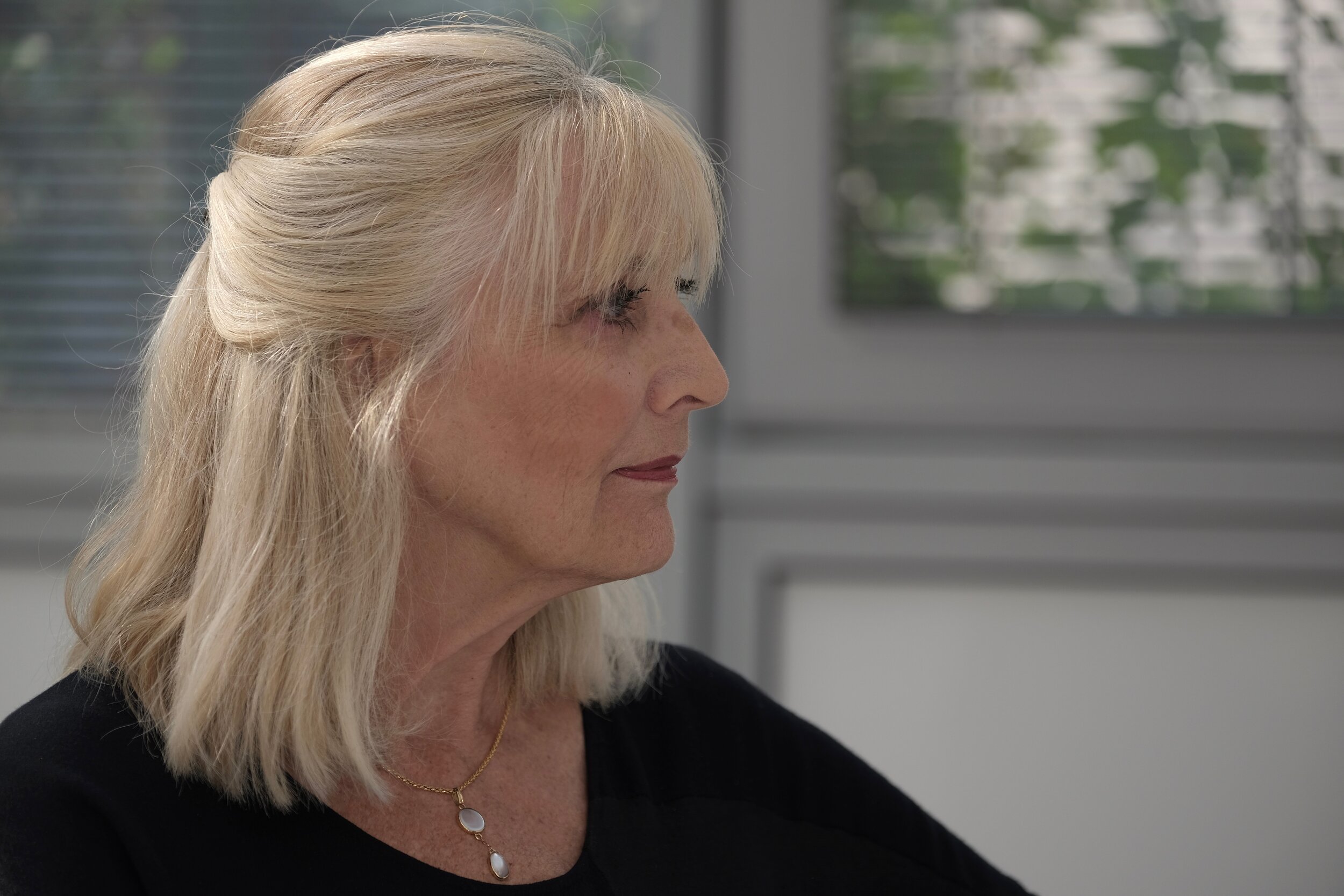
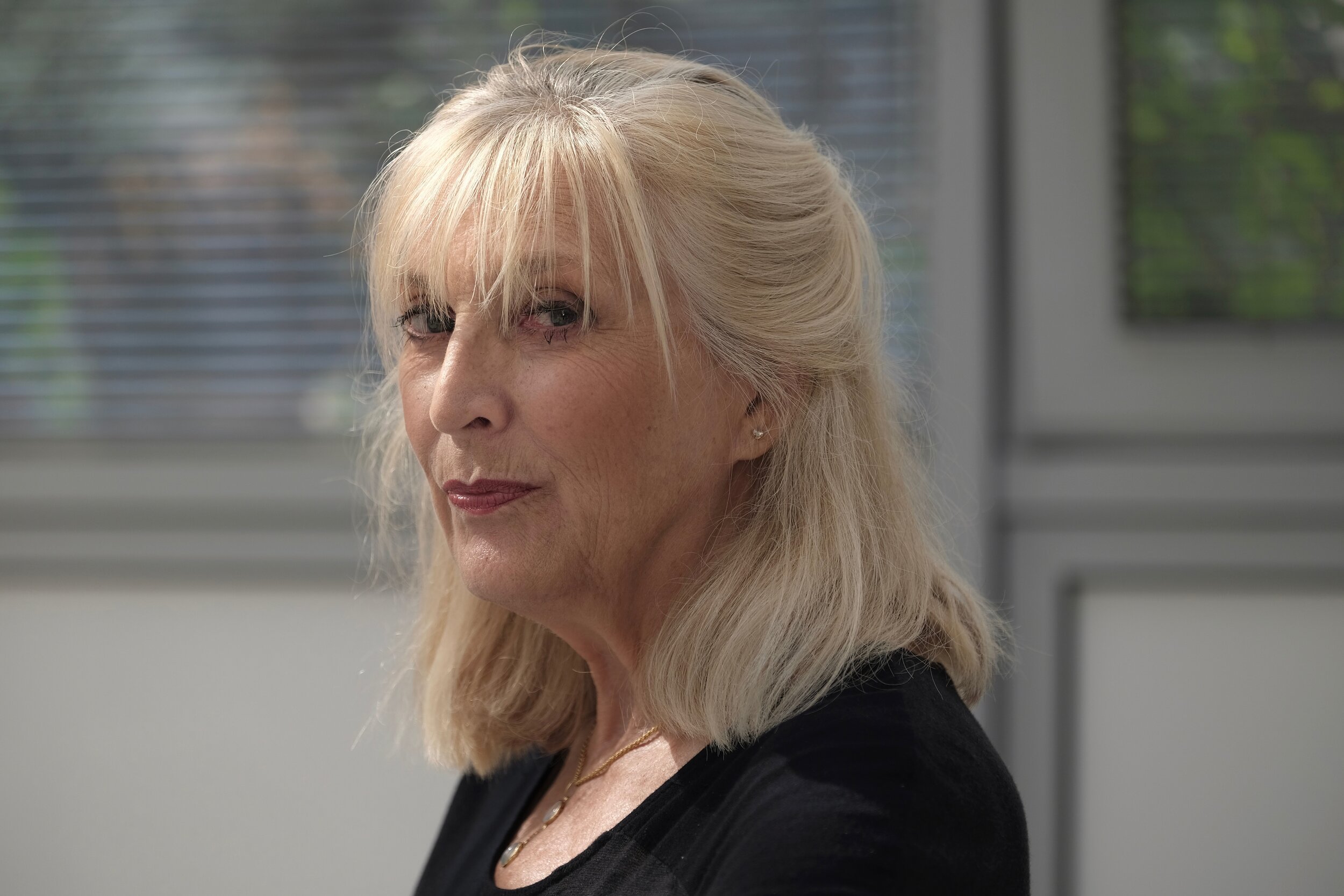

Discover our english and french books
Discover our interviews
Subscribe to our newsletter to know about new releases and events
Active Light: Issues of Light in Contemporary Theatre
by Fabrizio Crisafulli
NOSTALGHIA: Told by DOP Giuseppe Lanci
edited by Monica Pollini
The Great Beauty: Told by Director of Photography Luca Bigazzi
edited by Alberto Spadafora












